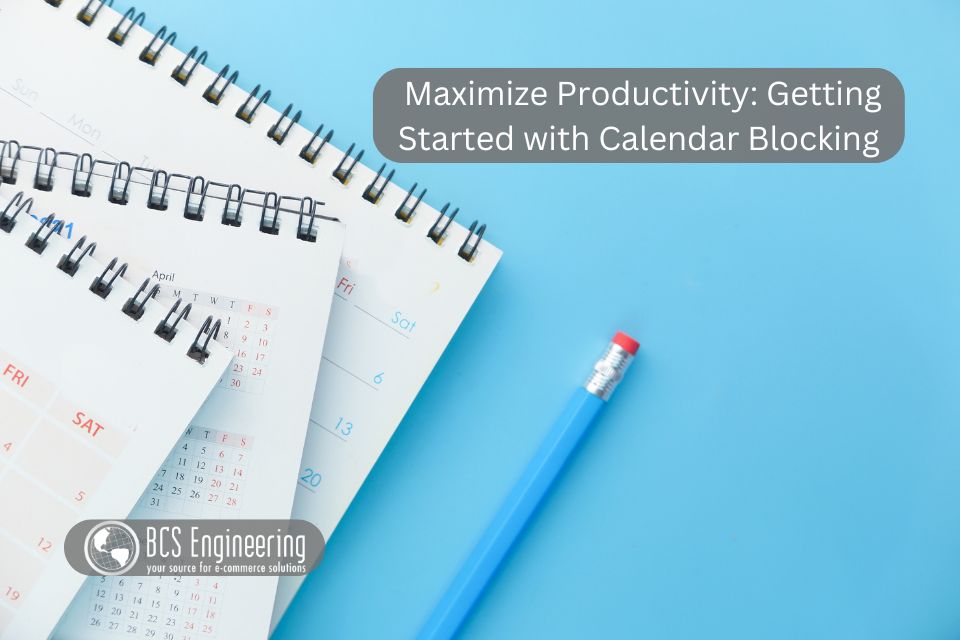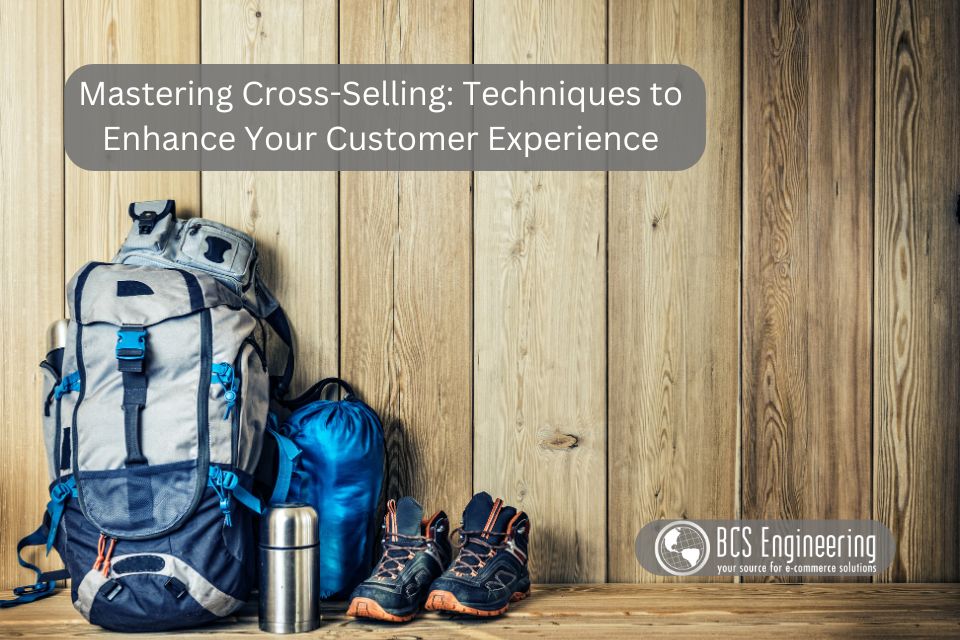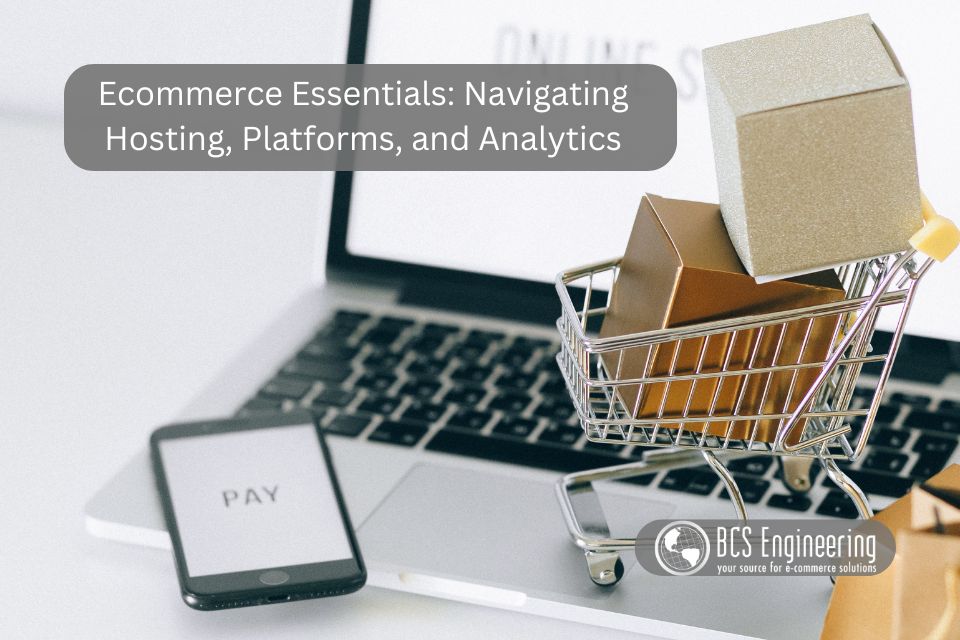Understanding your ideal customer is the cornerstone of any successful marketing strategy. It allows you to tailor your products, services, and marketing efforts to meet their specific needs, resulting in higher satisfaction and better business outcomes. In this blog, we will dive into how to figure out who your ideal customer is.

The Importance of Identifying Your Ideal Customer
Knowing your ideal customer helps you to:
- Create Targeted Marketing Campaigns -Tailored messages resonate more deeply with your audience.
- Enhance Customer Experience – Personalized experiences increase satisfaction and loyalty.
- Optimize Product Development – You can develop products that directly address your customers’ needs.
- Improve Resource Allocation – Focus your efforts on the most profitable customer segments.
Steps to Identify Your Ideal Customer
1. Conduct Market Research
Market research is the first step in understanding your ideal customer. Use surveys, interviews, and focus groups to gather data on your current customers and potential audience. Pay attention to demographic information such as age, gender, location, and income level, as well as psychographic data like interests, values, and lifestyle.
2. Analyze Your Current Customer Base
Look at your existing customers to identify patterns and commonalities among your most profitable and satisfied customers. Use your CRM system to analyze purchase history, engagement levels, and feedback. This analysis can reveal which customer segments are the most valuable to your business.
3. Develop Detailed Buyer Personas
Create buyer personas based on the data you’ve gathered. A buyer persona is a semi-fictional representation of your ideal customer, including details like age, job title, income, goals, challenges, and buying behaviors. These personas help you visualize and understand your customers on a deeper level.
4. Leverage Analytics Tools
Use tools like Google Analytics, social media insights, and other analytics platforms to gain further insights into your audience’s behavior. Look for patterns in how visitors interact with your website, social media pages, and email campaigns. These insights can help refine your understanding of what your ideal customers are looking for.
5. Engage with Your Audience
Direct interaction with your audience can provide invaluable insights. Engage with your customers through social media, email newsletters, and customer service channels. Encourage feedback and listen to what your customers are saying about their needs and preferences.
Want to learn more?
Understanding your ideal customer is essential for business success, but how do we use this knowledge to turn visitors into customers? Listen to our latest eCommerce Made Easy Podcast where Carrie unravels the secrets of identifying and connecting with your target audience to boost your website conversions.









